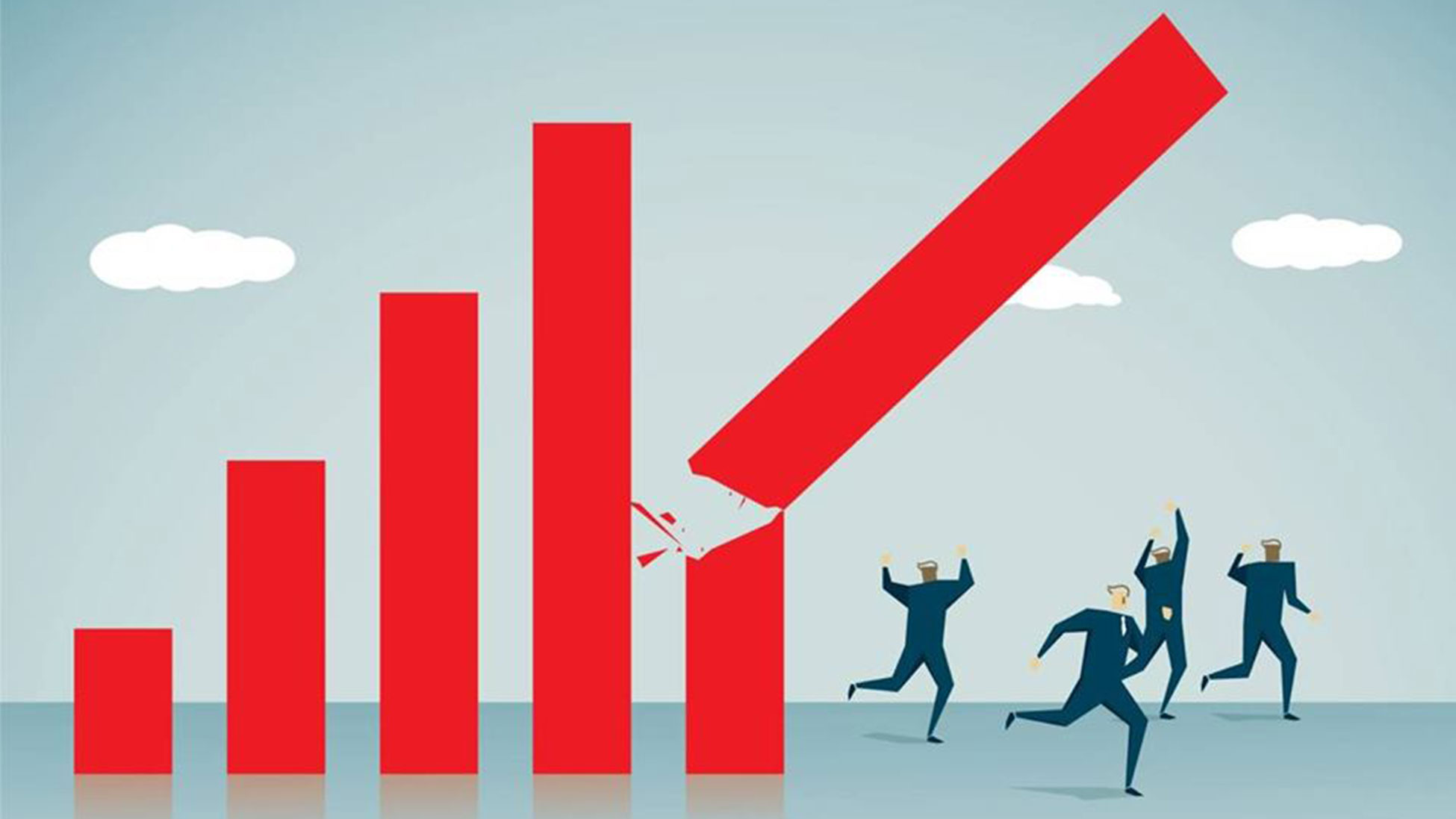I wanted to take some time to write a piece on the current economic climate. Knowledge is power; and the more we know, the better equipped we are to make decisions.
First, a macro view.
There is a general dovishness by major central banks all over the world:
- The European Central Bank recently signalled an intention to cut rates (possibly by September) and embark on a fresh round of asset purchases this year.
- India has cut rates to the lowest in 9 years.
- Australia has cut rates to a historic low of 1%.
- Korea has cut rates for the first time in 3 years.
- Turkey just had its biggest rate cut in 17 years.
- Singapore’s economy recorded a meagre 0.1% year-on-year growth in Q2, the lowest in 10 years.
- The Fed is likely to cut rates when the FOMC statement is given this week (1st Aug, 2am Singapore time).
The Institute of International Finance has also recorded a decline in bond yields in advanced economies.
Germany’s 10-year yield hovers at around negative 0.4% down from a peak of 0.6% in October 2018. This effectively pushes money out of Europe.
Additionally, in less than a year, the yield on US Treasury inflation-protected securities (TIPS) has tumbled from 1.154% to about 0.241%. This tells us that investors are anticipating slower growth ahead. The 10 year yield itself peaked at about 3.25% in November 2018, dropping to about 1.93% in early July this month.
Funnily enough, emerging markets is recording “growth” against this backdrop.
Year to date, the MSCI emerging markets index has recorded a growth of just over 9%. The emerging markets remain the most popular destination for equity investors thus far. Data from JP Morgan shows that emerging market bond funds have total inflows of USD50 billion so far, compared to only USD16 billion in 2018.
And what about China?
China’s economy is large and complex. More than half of it is contributed by domestic consumption. In fact, global consulting firm McKinsey reported this month that domestic consumption accounted for at least 60% of China’s growth in 11 of the last 16 quarters from January 2015 to December 2018.
However, China has recorded a 30% drop in imports from the US in the first 6 months of 2019. It’s also worth mentioning that China’s debt to GDP ratio now stands at a mind-boggling 300% (it was “only” 170% in 2008).
So, what does all this mean and why do I call it a perfect storm before a global recession?
Here’s why.
Firstly, inflows to emerging markets are happening when global growth is slowing. This is a sign that institutional investors are escaping low yields. It’s not a pull factor towards emerging markets. It’s a push factor from advanced economies.
Secondly, signs are showing that investors are buying the return of loose policy but avoiding assets linked to growth or inflation. In other words, they are pricing in more quantitative easing, but that it won’t work to stimulate global growth.
So, here we are.
Waning growth, false upticks and a possible financial crisis in China. We must know what to do when the next recession hits.
Warren Buffett’s sage advice rings out loud: “Be fearful when others are greedy, but greedy when others are fearful.”
To your success,
Mario





